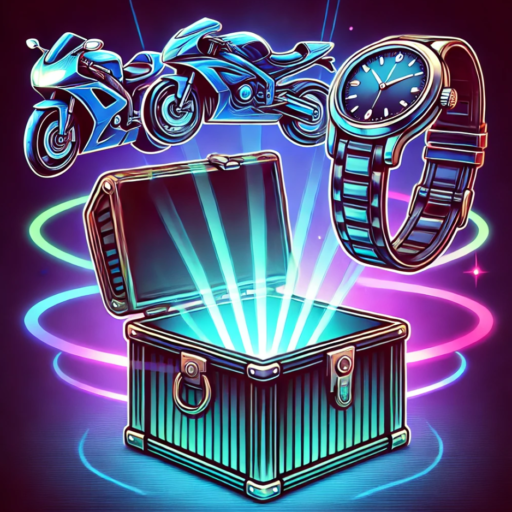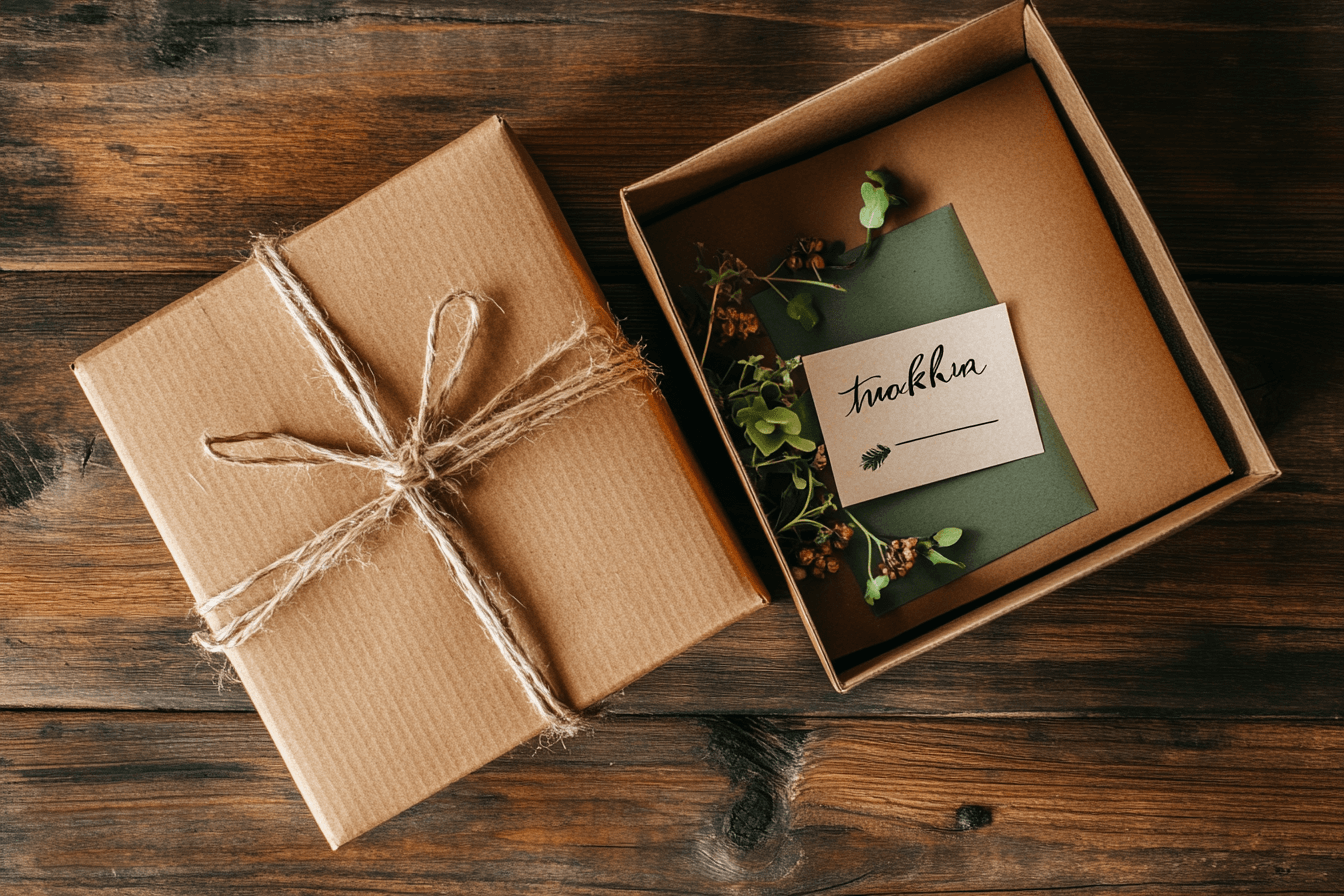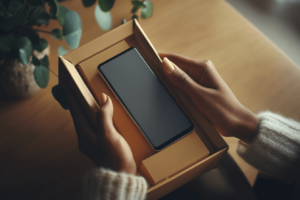The Psychology of First Impressions
First impressions are powerful. Within seconds of encountering a new product, consumers begin to form opinions often unconsciously. These initial judgments can significantly influence how they perceive the brand, the product’s quality, and their overall satisfaction. In a digital world where touchpoints are limited, the unboxing experience becomes one of the few tangible interactions customers have with a brand.
Understanding the psychology behind first impressions helps explain why brands invest in thoughtful packaging and presentation. It’s not just about aesthetics it’s about shaping perception and forging an emotional connection from the very first moment.
How Human Brains Form Instant Judgments
Humans are wired to make snap decisions. Studies in cognitive psychology show that people form impressions within milliseconds, relying heavily on visual cues. These judgments are not random they are evolutionary responses designed to help us assess safety, quality, and value quickly.
In the context of unboxing, this means that customers are evaluating the packaging, design, and even the sound of opening the box almost immediately. If these elements align with the brand’s promise, trust and satisfaction increase. If they fall short, the product may be judged more harshly, regardless of its actual performance.
The Emotional Power of Novelty and Surprise
Novelty triggers the brain’s reward system. A creative, unexpected unboxing can release dopamine the same chemical associated with pleasure and reward. This emotional high creates a memorable experience that customers are likely to talk about or share online.
Surprise doesn’t have to be extravagant. A thoughtful message, a unique fold in the packaging, or a hidden compartment can create a delightful moment. These elements help form emotional bonds, which are essential in building brand loyalty.
Sensory Cues and Their Impact on Perception
The unboxing experience is multi-sensory. While visual appeal often takes center stage, sound, touch, and even smell contribute to how people interpret what they’re receiving. The crisp sound of opening a magnetic flap, the softness of a velvet pouch, or the scent of fresh paper can all enhance perceived value.
When the senses are harmonized, the brain registers the experience as cohesive and high quality. A mismatch such as premium visuals paired with flimsy material creates cognitive dissonance and may undermine trust.
What Makes an Unboxing Experience Memorable
Unboxing is no longer a passive act. It’s a curated event, especially in an age where many consumers record or share their experiences online. A memorable unboxing doesn’t happen by accident it’s the result of careful design, storytelling, and attention to detail.
Visual Appeal: Colors, Design, and Layout
The first thing customers see is often the box. Its color, typography, and overall layout set the tone. Clean, consistent, and visually appealing design signals professionalism and care. Brands like Apple have mastered this, using minimalist packaging to reflect the sleekness of their products.
Colors evoke emotion. Soft pastels may suggest elegance or calm, while bold colors can signal excitement and energy. Typography also plays a role; the right font can convey trust, innovation, or playfulness. Every visual element should reinforce the brand message.
Tactile Elements: Texture, Weight, and Material
Touch is often underestimated, but it plays a critical role in how customers perceive value. A sturdy, well-constructed box feels premium. Soft-touch coatings, embossed logos, and quality materials create a sense of luxury and intentionality.
Even the act of opening the box the resistance of a tight-fitting lid or the smoothness of a sliding drawer can contribute to the overall impression. These subtle cues help establish whether a brand feels high-end, eco-conscious, or mass-market.
Audio and Scent: The Often-Overlooked Senses
Sound and smell are subtle, but powerful. The gentle pop of an opening lid or the rustle of quality tissue paper can signal craftsmanship. Similarly, a faint scent such as a hint of lavender or cedar can elevate the sensory experience.
These elements are especially useful for differentiating brands. A unique sound or scent can become a signature feature, reinforcing memory and recognition in future interactions.
The Role of Packaging in Brand Identity
Packaging is not just a container it’s a communication tool. It reflects the brand’s values, personality, and positioning. Great packaging tells a story and extends the brand experience beyond the product itself.
Packaging as a Storytelling Tool
Storytelling through packaging means every design choice supports a narrative. For example, a sustainability-focused brand might use recycled materials, earthy tones, and messaging about environmental impact. A luxury brand may lean on gold foils, sharp typography, and structured forms to evoke exclusivity.
The unboxing moment becomes a stage for that story to unfold. When done well, it feels authentic and enhances the product’s meaning.
Consistency Across Touchpoints
Consistency builds trust. The experience of receiving a product should align with what the customer saw online, in advertising, or in-store. Inconsistencies such as receiving a high-priced product in generic or mismatched packaging can create confusion and erode credibility.
A cohesive visual language across digital and physical spaces reinforces the brand and increases recognition over time.
Unboxing as a Marketing Channel
Unboxing is increasingly seen as a marketing opportunity. Influencers and everyday consumers post unboxing videos that reach thousands, even millions, of viewers. Each share becomes free advertising, reinforcing brand perception and reach.
Designing packaging with social media in mind easy to open, visually impressive, and shareable can turn customers into brand ambassadors.

The Rise of Unboxing Culture
Unboxing has become a cultural phenomenon. What began as niche YouTube videos is now a mainstream expectation. Customers want to be wowed, and the experience of opening a product is part of that equation.
Social Media and the Influence of Unboxing Videos
Platforms like YouTube, Instagram, and TikTok have transformed unboxing into performance art. Audiences are captivated by the reveal, the sound, and the surprises inside. Brands that invest in this experience are more likely to be featured and discussed.
This visibility builds anticipation among potential buyers. Even those who haven’t purchased yet are emotionally engaged through these secondhand experiences.
User-Generated Content and Brand Advocacy
When a customer shares an unboxing video, they’re implicitly endorsing the brand. This user-generated content is more trusted than traditional advertising and often leads to higher engagement.
Encouraging sharing through hashtags, creative inserts, or even packaging that doubles as a display piece can boost organic reach and foster community.
Consumer Expectations in the Digital Age
Ecommerce has raised the stakes. Since there’s no physical store to provide a tactile experience before purchase, the unboxing becomes the first real interaction.
Consumers now expect more than just a product in a box. They want personality, intentionality, and delight. Brands that understand this are setting themselves apart in crowded markets.
Designing the Perfect Unboxing Experience
Designing an unforgettable unboxing experience requires more than good looks. It must be intentional, functional, and aligned with the brand’s message.
Key Principles of Effective Packaging Design
Simplicity, coherence, and usability are essential. Overdesign can be just as off-putting as underwhelming packaging. Every detail should have a purpose, from protective inserts to messaging on the inside flaps.
The unboxing should guide the user through a journey ideally in stages building anticipation and reward as each layer is revealed.
Balancing Aesthetics and Sustainability
Today’s consumers are environmentally conscious. Beautiful packaging must also be responsible. This means using recyclable materials, minimizing waste, and being transparent about choices.
Sustainable doesn’t have to mean boring. Creative design can make eco-friendly packaging just as engaging and premium-feeling as traditional options.
Real-World Examples of Brands Doing It Right
Brands like Glossier, Apple, and Ritual have become known for their unboxing experiences. Glossier uses pastel colors and reusable pouches, Apple focuses on precision and minimalism, and Ritual includes personal notes and well-organized components.
Each brand aligns its packaging with its identity, reinforcing trust and creating a consistent experience that customers look forward to.
Measuring the Impact of Unboxing
To justify investment, brands need to understand how unboxing influences performance. Thankfully, there are ways to track its impact.
Metrics That Matter: Engagement, Retention, and Referral
Look at video shares, customer reviews, repeat purchases, and referral codes used post-unboxing. These metrics help quantify how memorable and effective the experience really is.
Even small improvements like easier-to-open packaging or including a thank-you note can lead to increased customer satisfaction and loyalty.
Customer Feedback and Iteration
Gathering direct feedback is invaluable. Encourage customers to share their thoughts or post their unboxing online. Analyze what resonates and continuously iterate on the design.
Customer expectations evolve. Keeping the experience fresh while staying true to brand values is key to long-term success.
Case Studies and Industry Benchmarks
Many brands report double-digit increases in retention and referrals after redesigning their unboxing experience. Benchmarks vary by industry, but the common thread is clear: thoughtful packaging pays off.
Whether it’s through emotional connection, brand recognition, or customer advocacy, the science of unboxing offers a powerful lever for growth.








